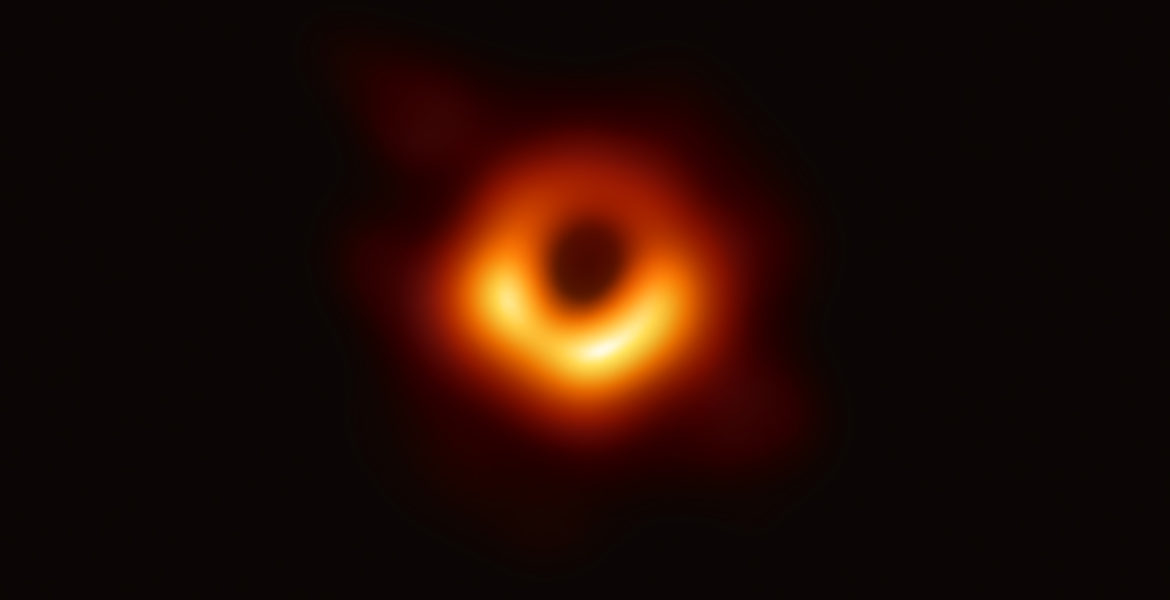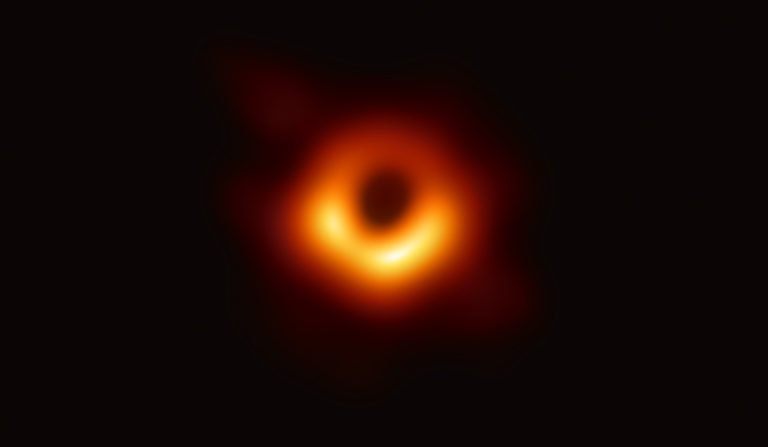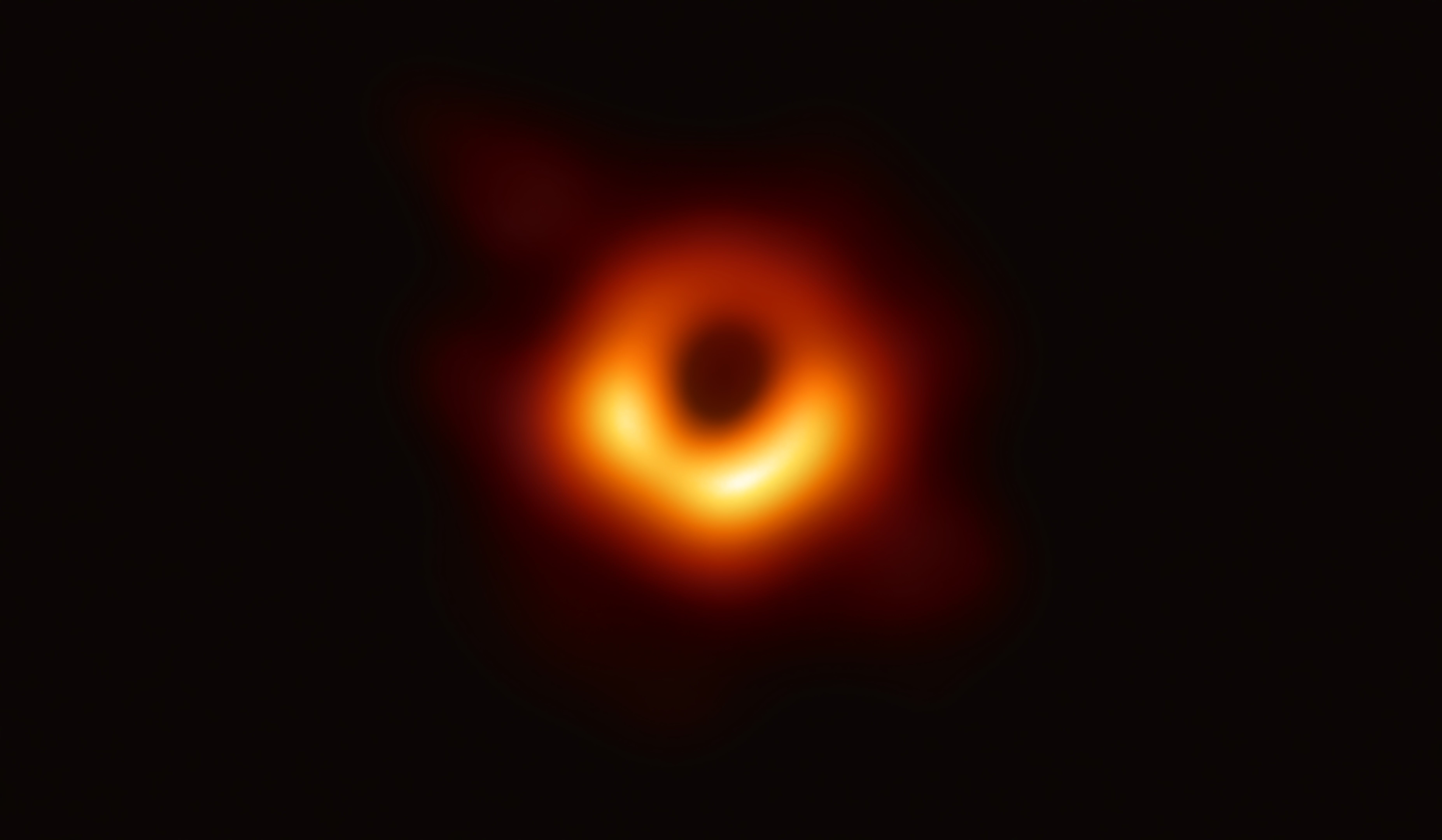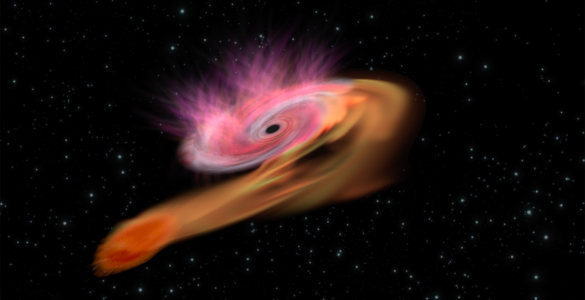Kazunori Akiyama, a Jansky Fellow of National Radio Astronomy Observatory (NRAO) at MIT Haystack Observatory, has received the 2020 Young Astronomer Award from the Astronomical Society of Japan (ASJ). Akiyama will receive a medal, plaque, and $1000 prize for his significant contributions to the first-ever images of a black hole taken with the Event Horizon Telescope (EHT).
The awards program, established via donations from members of the ASJ society in 1988, annually recognizes up to three early-career scientists who are under 35 years of age and who have made outstanding contributions to astronomy in the past five years. This year, Akiyama shares the prize with two other awardees.
“It is a great honor and pleasure to receive the Young Astronomer Award. This award reflects the tremendous efforts and giant accomplishments made by many highly skilled EHT colleagues across the world,” Akiyama said.
In 2010, as a graduate student at the University of Tokyo and National Astronomical Observatory of Japan, Akiyama joined an international project later named the Event Horizon Telescope. He made significant contributions to early EHT observational experiments in the early 2010s, including those of the supermassive black hole M87— images of which were finally captured and published in 2019. His PhD work won the President Award and the Research Award of the University of Tokyo in 2015.
Akiyama has been working at MIT Haystack Observatory, a radio science research center in Westford, Mass., as a postdoctoral fellow of the Japan Society for the Promotion of Science since 2015 and as a NRAO Jansky Fellow since 2017. Akiyama developed new imaging techniques and a software package named SMILI, one of the three software packages used to create the first images of M87.
More than two hundred scientists officially established the EHT collaboration in 2017. Akiyama serves as a co-leader of the EHT imaging working group. Akiyama co-led the fourth of the six EHT papers on the first M87 EHT results, which reports on how the imaging process of the EHT data revealed the shadow of the black hole M87, illuminated by surrounding light-emitting plasma. The entire Event Horizon Telescope Collaboration has received many prominent honors and awards, including the 2020 Breakthrough Prize, and is funded by the National Science Foundation, the European Research Council, and funding agencies in East Asia, including the Japan Society for the Promotion of Science.
“The first images of M87 opened up a new era of black hole astrophysics, where the enigmatic nature of the black holes will be studied with images or even movies filmed with the EHT,” Akiyama said. “I plan to continue exploring new facets of black hole research in the next decades of the exciting EHT era.”
The National Radio Astronomy Observatory is a facility of the National Science Foundation operated under cooperative agreement by Associated Universities, Inc.
Haystack Observatory is a facility of the Massachusetts Institute of Technology.
Media contacts:
Iris Nijman
News and Public Information Manager
National Radio Astronomy Observatory (NRAO)
inijman@nrao.edu
+1 (434) 296-0314
Nancy Wolfe Kotary
Communications Officer
MIT Haystack Observatory
nwk@mit.edu
+1-617-715-3490















